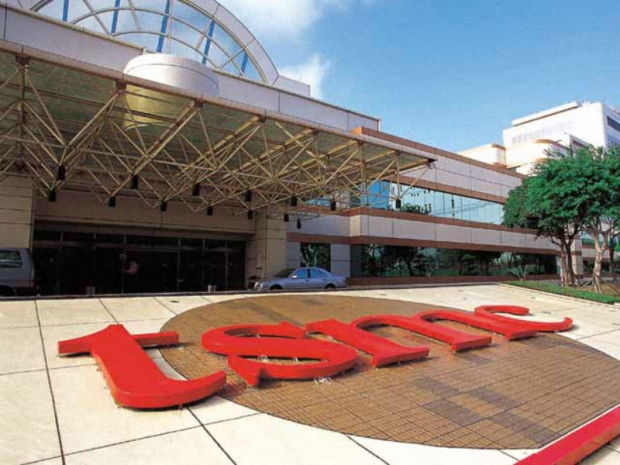According to Digitimes Research, TSMC is simply late to the party and its FinFET node is lagging behind Samsung’s by about one quarter. However, Qualcomm is expected to use more than one foundry, just like Apple – so it might move more than 50% of its FinFET SoC orders to Samsung, while still using TSMC.
Samsung attracting more business
In addition to Qualcomm, Samsung is rumoured to be on track to win more contracts from other chip designers such as MediaTek, AMD and Nvidia. Digitimes analysts believe these companies could shift part of their orders to Samsung in 2015 and 2016.
In addition to FinFET, TSMC is also losing some 28nm orders from major designers, namely MediaTek and Qualcomm, to UMC and other foundries.
This trend is usually associated with strong demand in the very competitive Chinese market, as mobile SoC churners are trying to get the best possible value for money on every single unit.
Qualcomm’s high-end blues
The Snapdragon 810 proved to be a controversial part even before we got a chance to see it in any devices. It was rumoured that the 20nm part was experiencing thermal issues and throttling, unlike Samsung’s Exynos 7420, built on the company’s cutting edge 14nm node.
However, much of this was FUD. While the Snapdragon 810 isn’t perfect, it’s not necessarily a bad chip – it’s just not as efficient and cool as the Exynos 7420 because it is built on the planar 20nm node.
Digitimes reckons shipments of high-end Qualcomm SoCs in 2015 could take a big hit and drop to about 100 million units. Samsung’s decision to use an in-house SoC for the Galaxy S6 obviously has significant implications for Qualcomm, but the company does not appear to be overly concerned.
While Samsung’s Exynos 7420 is a technological marvel, it’s also the result of good timing and some good luck. Qualcomm is currently stuck at an inferior node and this year it’s using reference ARM cores, but the company is expected to use custom ARMv8 cores in the Snapdragon 820, along with a new node.
On another note, rumours that Qualcomm could launch a FinFET part earlier than expected, in the form of the Snapdragon 815, were debunked earlier this week.

